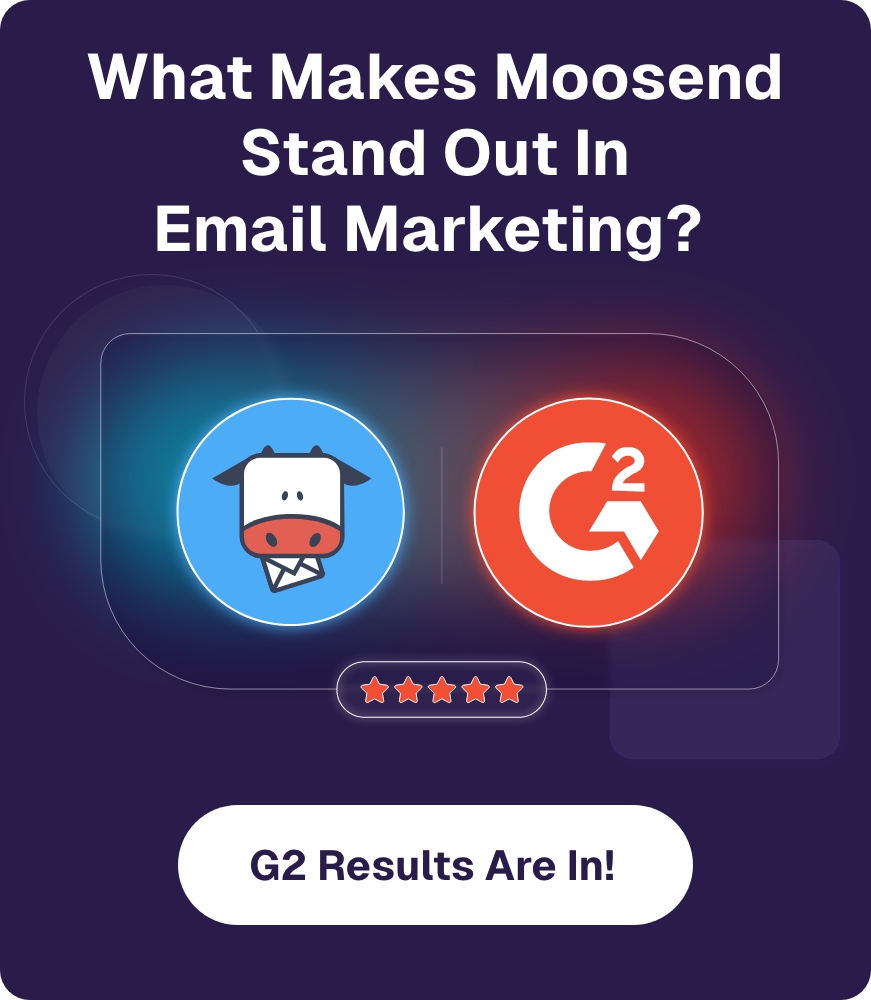
The Open Rate Gap: Why One Sender Gets 42% Opens and Another Gets 5%
Imagine two companies in the same industry, each sending campaigns to an audience of 50,000 subscribers.
Both follow best practices: DNS records are in place (SPF, DKIM, DMARC), templates are well-designed, and there are no spammy links. They even share the same IP pool.
Still, their results couldn’t be further apart. One sees a 42% open rate, while the other barely reaches 6%.
The difference isn’t luck, but it comes down to two critical factors: subscriber engagement and domain reputation. These determine whether your emails reach the inbox or disappear into the spam folder.
Engagement: Your Audience’s Voting System
Mailbox providers like Gmail, Outlook, and Yahoo are basically running a secret popularity contest for your emails.
Every open, click, reply, or “mark as important” is a signal to inbox providers that subscribers value your emails. On the other hand, every delete-without-reading, spam complaint, or long stretch of silence tells them that your messages aren’t wanted.
The sender with the 42% open rate:
- Uses double opt-in, an extra step that filters out fake sign-ups and prevents bot attacks
- Has subscribers who remember signing up
- Avoids sending to random email addresses found on the dark corners of the web
- Segments by engagement, no “spray and pray” here
- Removes inactive subscribers instead of holding on to disengaged contacts
The sender with the 5% open rate:
- Sends to any address that looks valid, without proper verification
- Fails to check if contacts are active, interested, or genuine
- Neglects regular list cleaning and maintenance
- Continues emailing subscribers who haven’t engaged in years, a clear red flag for mailbox providers
Engagement starts the moment someone joins your list. When subscribers opt in willingly (ideally through double opt-in), you’re starting with an audience that actually wants to hear from you.
Think of it as letting in the VIPs who asked to be on the guest list, rather than trying to convince random passersby to step inside.
Domain Reputation: Your Sender’s Credit Score (But for Email)
Your domain is your sender identity. If it carries a bad reputation, mailbox providers are far more likely to redirect your emails to the spam folder instead of the inbox.
They judge you on:
- Spam complaints
- Bounce rates
- Spam traps
- Sending consistency
- Engagement quality
Why the 42% guy wins:
- Their domain has a history of good behavior (reminder to put my picture here).
- Low complaints, low bounces, and zero drama.
- A consistent sending pattern: not disappearing for months, then blasting 50k emails in a day.
- They keep their email list clean with double opt-in.
Why the 5% guy struggles:
- Past sending mishaps are still haunting their domain.
- Inconsistent sending patterns, like ghosting, then spamming.
Think of your domain reputation like a credit score. Positive actions, such as high engagement, clean lists, and consistent sending, strengthen it. Negative actions, like spam complaints, high bounce rates, or blasting disengaged contacts, chip away at it. And just like with credit, every misstep takes time and effort to repair.
How to Improve Your Open Rate
If your open rates are lower than expected, the issue usually comes down to how you manage your list and reputation. Here are some simple steps that make a difference:
- Switch to double opt-in: Ensures only genuine, interested subscribers join your list.
- Segment by engagement: Prioritize active subscribers and tailor campaigns based on activity.
- Run re-engagement campaigns: Encourage inactive contacts to return, and remove those who don’t.
- Warm up your sends: Gradually increase volume to build trust with mailbox providers.
- Check your reputation: Use tools like Google Postmaster to track and maintain sender health.
- Avoid purchased lists: Focus on quality subscribers instead of risky shortcuts.
Going from Zero to Hero
Two senders can share the same setup, audience size, and equally polished emails, but see completely different results.
The difference is that successful senders focus on engagement and reputation. Those who don’t are left wondering why their open rates remain flat.
Remember, subscribers are people, not just inboxes. So, treat them with attention and respect, and your campaigns will feel more like an invitation than an intrusion.




 Published by
Published by

